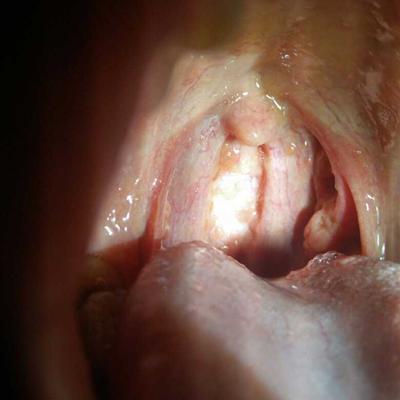What is ventriculoperitoneal shunt
summary
During the physical examination, I learned that I had hydrocephalus by accident. The doctor said that it was because the amount of water exceeded the normal value that I would do this. He suggested that I do a ventriculoperitoneal shunt. Now let's talk about the common problem of what is lateral ventriculoperitoneal shunt!
What is ventriculoperitoneal shunt
First, ventriculoperitoneal shunt is the main treatment for hydrocephalus. Hydrocephalus is a common and frequently occurring disease in neurosurgery. There are many kinds of pathogenesis, clinical manifestations, classification methods and treatment methods, and there are many treatment methods, but so far none of them can be completely satisfactory.

Second, the main operation method of ventriculoperitoneal shunt is to drill a hole in the frontal or occipital skull, then puncture a tube from the brain tissue into the lateral ventricle, and lead the excess cerebrospinal fluid in the ventricle to other parts of the body for absorption. The drainage tube is usually buried subcutaneously to lead cerebrospinal fluid to the abdominal cavity, because the absorption area of the abdominal cavity is large, which can absorb the excess water.

Third: shunt surgery is not a major operation, but the incidence of postoperative complications is the highest in neurosurgery, and may also be the highest in all surgical operations. Although the shunt tube has been improved, and the operation method can be combined with neuroendoscopy and laparoscopy, there are still some complications that are difficult to overcome.

matters needing attention
After understanding, I understand that the original lateral ventriculoperitoneal shunt is not a big operation, but a surgical treatment for hydrocephalus. By the way, I also understand some problems that need to be paid attention to before and after the operation.















